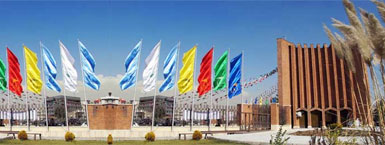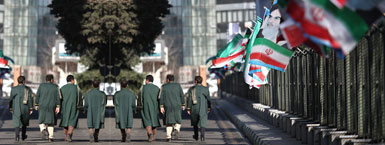Marine Structures
Considering the long coastline in the north and south of Iran (over 5,800 km), there is a significant potential for exploiting the sea's advantages in the country. The sources of energy in the surface, subsoil and depth of the sea (oil, gas and renewable energy), and the diversity of coastal and offshore activities (ports and commerce, water recreation, fishing and fisheries, etc.), along with considerations of national defense and security has led to greater attention of the country's officials to the sea - especially in recent years - as one of the pillars of a resistant economy. Therefore, the branch of marine structure engineering is considered as a necessity for the development of efficient engineers in solving often multifaceted issues in the area of coastal waters, ports and offshore structures. Tarbiat Modares University - as the second university in the country (after the University of Tehran) - is proud to have been offering training and research in marine structures since 2000. This department now admits graduate and doctorate students. It is also concerned with the training of dedicated and specialized forces in the field of marine engineering, maintaining and developing effective communication with the industry, and developing scientific products in the field of coastal and maritime engineering and the preparation of regulations and executive directives. The students and faculty members of this department have managed to compile books and publish numerous scientific articles in accredited domestic and foreign journals. The main objectives of the department include:
The most important achievements of the department are as follows:
The main research interests of the faculty members are: developing new methods of designing marine structures including platforms, berths, breakwaters, conservation structures, port facilities and equipment, coastal engineering, and methods for recognizing sea interactions and coastal zone, port design and management of sea transport, recognition of hydraulic conditions and hydrodynamics of the sea, numerical methods for the reconstruction of the functional conditions of marine structures, assessing the behavior of marine structures using laboratory studies, safety and risk analysis of seaports and ports. |




